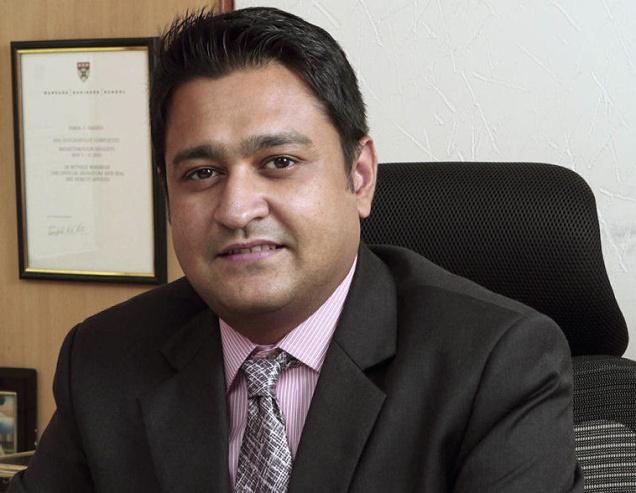Investors can question the rationale of investments made by the fund at the AGMs

In a volatile time for the market, PPFAS Mutual Fund’s only offering, the Long Term Value Fund (multi-cap), has done reasonably well, trouncing the average returns of multi-cap funds by a margin of 2-3 per cent. In an interview with BusinessLine, Neil Parikh, Chairman and CEO, shares his roadmap for the future. Edited excerpts:
By end-May 2016, you complete three years on the Long Term Value Fund. Any plans to launch new funds?
A lesson that we learnt when doing our PMS (portfolio management service) business is that if a fund house has 60-70 schemes, it is hard to sift through all and figure out where to invest. For the foreseeable future, we plan to stick to one scheme.
Currently, our AUMs (assets under management) are at around ₹660 crore. When we cross ₹1,000 crore perhaps, we would consider launching an ELSS fund (Equity Linked Savings Scheme). Otherwise, we continue to be third-party distributors for other mutual funds. So, when the client asks for any other offerings such as a debt fund, liquid fund, etc., we provide for that through this. In fact, we may also look at launching a liquid fund later on — one where investors can park their money and perhaps do an STP (Systematic Transfer Plan) into the equity fund.
What is the rationale for the 20-30 per cent global exposure the Long Term Value Fund has?
Today, whether it is Accenture, IBM, Cognizant, TCS, Infosys or Wipro, they are in similar businesses. If I like the businesses but feel the valuations here are high, I can invest in markets abroad. Again, with companies such as 3M and Nestle, the parent companies may be trading at lower valuations than the India arms, presenting an investment opportunity. If you are in India you need to pay a little bit for growth. But how much more can you pay and what are you comfortable with – these are the questions. And then, there are companies like Google, Tesla, and Amazon, which don’t exactly have listed peers here in India. Overall, we look for globalised companies. We don’t take country-specific risks.
Initially, you weren’t keen on pushing your product. Do you still follow a pull strategy?
In the NFO (New Fund Offer), we raised about ₹60-65 crore. A lot of our PMS clients transitioned to this then. In the first two years, we did not really focus on distributors and IFAs (Independent Financial Advisors). We wanted to concentrate on building a track record.
In the last one year, we have seen a lot of third-party distributors and IFAs show interest. Eight to 10 months back, 96 per cent of our inflows came from direct plans. Now, it’s 92 per cent. We have a dedicated team to reach out to distributors and IFAs. Over the long term, I would like to see the direct to indirect plan ratio at 60:40 or even 50:50. Schemes like the ELSS need a push. Also, given that the penetration of mutual fund products is low, it requires some push.
SEBI has been after mutual funds asking for disclosure of key management pay, distributor commissions, etc. What are your views on this?
We have always been transparent. We are perhaps the only fund house which has Annual General Meetings where investors can question the rationale of the investments made by the fund. We also have our skin in the game.
About 13 per cent of the AUMs, i.e. ₹80-90 crore has been invested by us. We also disclose how much we hold and how much we have sold month-on-month. We were one of the first ones to put up the remuneration of the CEO and key executives on our website. We disclosed it without asking for any passwords or folio numbers.
But I am on the fence with disclosing distributor commissions. They are the guys who are growing the industry.
How have you managed the transition in the last one year since Parag Parikh's demise?
Initially, I kept 10-20 per cent of AUMs in cash, thinking people might withdraw. But we did not lose any customers or AUMs. What helped us was the goodwill that my father had built. Besides, everyone knew that Rajiv Thakkar was the fund manager. Luckily, we mostly had direct plan clients with whom we had personal contact.
Besides, in the last one year, we decided on a branding change. PPFAS Mutual Fund is a difficult name for many to connect with. We are making it Parag Parikh Mutual Fund and have already applied to SEBI.
We have also worked on getting our categorisation right. We would like to be known as a multi-cap fund. Even that does not fully reflect the international exposure we take in our portfolio.
The original article could be seen here.
